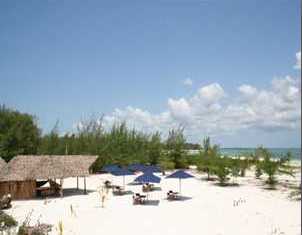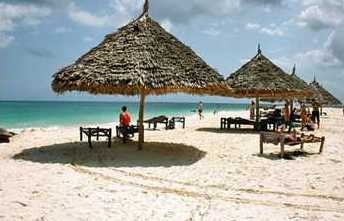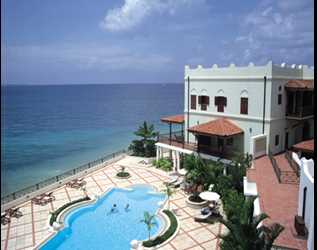
Blue Bay Beach Resort & Spa
DAY 1: EAST COAST – BLUE BAY BEACH RESORT & SPAFly to Zanzibar. Upon arrival at the Zanzibar airport... Read more
Konokono Beach Villas
DAY 1: STONE TOWN – KONO KONO BEACH VILLASFly to Zanzibar. Upon arrival at the Zanzibar airport, you... Read more
Ras Nugwi Beach Hotel
DAY 1: NORTH COAST – RAS NUGWI BEACH HOTEL Fly to Zanzibar. Upon arrival at the Zanzibar airport,... Read more
Breezes Beach Club & Spa
DAY 1: EAST COAST – BREEZES BEACH CLUB & SPAFly to Zanzibar. Upon arrival at the Zanzibar airport,... Read more
Pongwe Beach Hotel
DAY 1: NORTH EAST COAST – PONGWE BEACH HOTEL Fly to Zanzibar. Upon arrival at the Zanzibar airport,... Read more
Zanzibar Serena Beach Extension
DAY 1: STONE TOWN – ZANZIBAR SERENAFly to Zanzibar. Upon arrival at the Zanzibar airport, you will... Read moreHISTORICAL SITES
Tanzania has a long history of tribal habitation stretching back to our most distant ancestors. Tribal migrations, occurring between 3,000 to 5,000 years ago, brought agricultural and pastoral knowledge to the area as competing tribal groups spread over the country in search of fertile soil and plentiful grazing for their herds.
Engaruka
Mysterious ruins of complex irrigation systems span the area around Engaruka, the remnants of a highly developed but unknown civilization that inhabited the area at least 500 years ago – and then vanished without a trace.
Kilwa Kisiwani
The Island of Kilwa Kisiwani and nearby ruins of Songo Mnara are among the most important remnants of Swahili civilization on the East African coast. The area became the centre point of Swahili civilization in the 13th century, when it controlled the gold trade with Sofala, a distant settlement in Mozambique.
In the 14th century, Arab traveler Ibn Battuta described Kilwa as being exceptionally beautiful and well developed. After a brief decline under the rule of the Portuguese, Kilwa once again became a centre of Swahili trade in the 18th century, when slaves were shipped from its port to the island of Comoros, Mauritius and Reunion.
Lindi
The port town of Lindi, in south – western Tanzania, was the final stop for slave caravans from Lake Nyasa during the heyday of the Zanzibar sultans. In 1909, the team of German palaeontologists unearthed the remains of several dinosaur bones in Tendanguru including species Brachiosaurus brancai, the largest discovered dinosaur in the world.
Mikindani
Another central port in the Swahili Coast network of Indian Ocen trade, in the 15th century Mikindani’s reach extended as far as the African hinterlands of the Congo and Zambia. The area became a centre of German colonial administration in the 1880s and a chief exporter of sisal, coconut and slaves.
Ngorongoro Conservation Area
Humans and their distant ancestors have been part of Ngorongoro landscape for millions of years. The earliest signs of mankind in the Conservation Area are at Laetoli, where hominid footprints are preserved in volcanic rock 3.6 million years old.
Olduvai Gorge
The story continues at Olduvai Gorge, a river canyon cut 100m deep through the volcanic soil of the Serengeti Plains. Buried in the layers are the remains of animals and hominids that lived and died around a shallow lake amid grassy plains and woodlands. These remains date from two million years ago. All our safaris gives you a chance to visit this historical site where you will learn this fascinating story. Guides will give you a fascinating on-site interpretation of the gorge.

